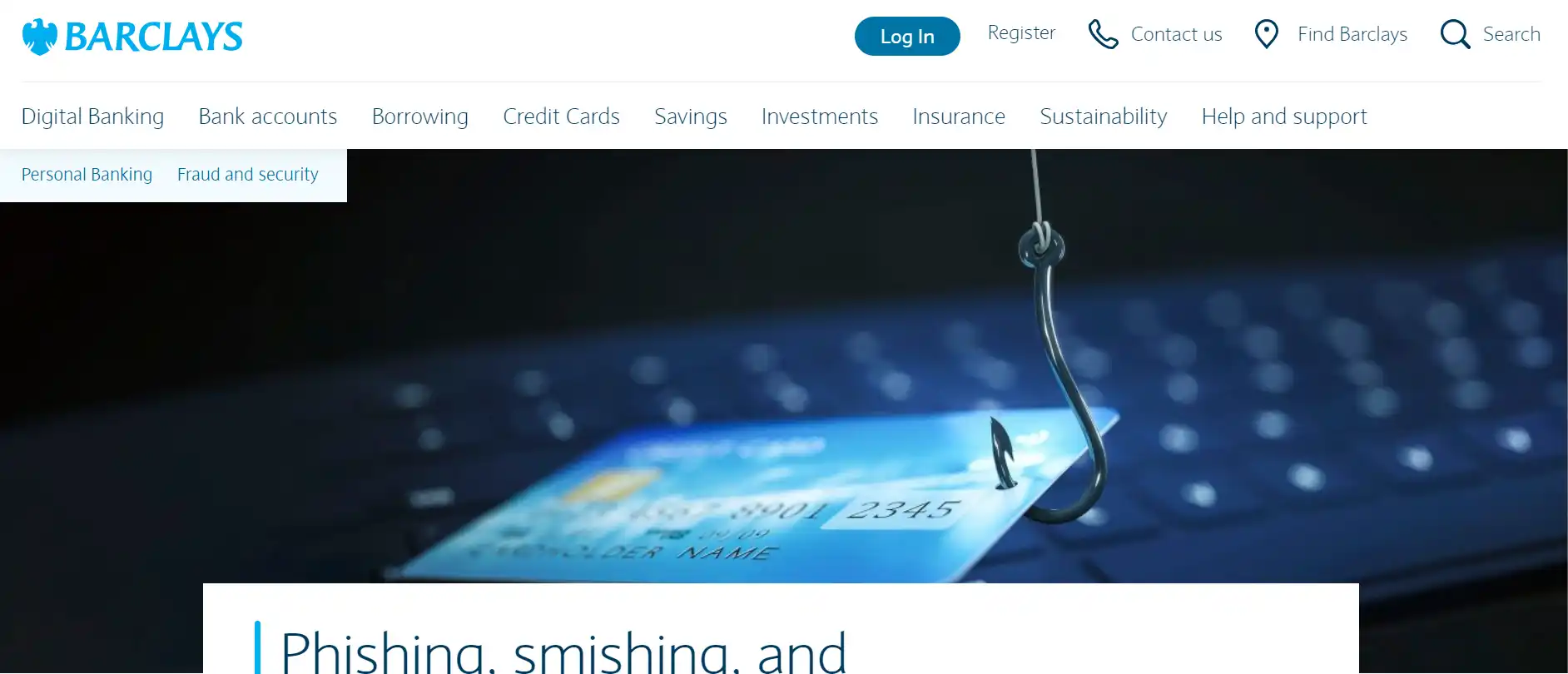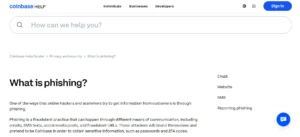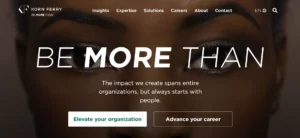Do you know about the Barclays Text Message Scam?
It’s important to stay informed about this sneaky scheme targeting Barclays customers. Scammers are using text messages to trick people into revealing their personal and financial information.
By pretending to be from Barclays, these fraudsters attempt to gain access to your sensitive data and potentially steal your money. It’s crucial to be able to identify these fraudulent messages and take steps to protect yourself.
In this article, we will discuss common tactics used by scammers, provide examples of recent scam messages, and share tips on how to report the scam to Barclays.
Stay vigilant and keep your financial security intact.
What Is the Barclays Text Message Scam
If you receive a text message from Barclays asking for your personal information, be cautious as it may be part of a scam. The Barclays text message scam works by tricking individuals into disclosing their personal details, such as banking credentials or social security numbers, through fraudulent messages that appear to be legitimate.
Falling for such scams can have severe consequences, including identity theft, financial loss, and unauthorized access to your accounts. Stay vigilant and never share sensitive information through text messages.
How to Identify Fraudulent Messages
To identify fraudulent messages, there are a few key points to keep in mind.
Firstly, pay attention to the sender’s address – if it looks suspicious or unfamiliar, it’s best to avoid interacting with the message.
Secondly, be cautious of any unusual requests for personal or financial information, as legitimate organizations typically don’t ask for such details through text messages.
Suspicious Sender Addresses
Identify fraudulent messages by examining sender addresses for suspicious indicators. Fake sender addresses often contain unusual combinations of numbers and letters, or they may imitate legitimate email addresses with slight variations.
Look out for red flags in the message content, such as poor grammar, spelling mistakes, or urgent requests for personal information. Legitimate organizations typically use professional email addresses and provide clear and concise information.
Be cautious and verify the sender before taking any action.
Unusual Requests for Information
When examining messages for signs of fraud, pay attention to any unusual requests for information that may indicate a scam. Warning signs include messages asking for personal details such as your full name, address, social security number, or bank account information. Scammers may also request login credentials, credit card numbers, or passwords.
Be cautious of any message that seems suspicious or asks for sensitive information, as legitimate organizations rarely ask for such details via text messages.
Common Tactics Used by Scammers
If you receive a text message from an unknown number asking for personal information or urging you to click on a suspicious link, be cautious as these are common tactics used by scammers. Phishing techniques, such as pretending to be a legitimate organization, are often employed to trick unsuspecting individuals into divulging sensitive information.
It’s important to remember to never share personal information or click on unknown links. Stay vigilant and practice good online security measures to protect yourself from scams.
Steps to Protect Yourself From the Scam
To protect yourself from the Barclays Text Message Scam, make sure you never share personal information or click on any suspicious links.
Here are some steps to help protect yourself from falling victim to this scam:
- Be cautious of text messages claiming to be from Barclays and asking for personal information.
- Verify any messages by contacting Barclays directly through their official channels.
- Install a trusted antivirus software on your mobile device to detect and block phishing attempts.
Reporting the Scam to Barclays
To report the scam to Barclays, there are several effective methods you can use.
You can call their dedicated fraud hotline, send an email to their phishing team, or visit a Barclays branch in person.
Effective Reporting Methods
Report the scam to Barclays using the provided contact information.
To effectively report scams and raise awareness, follow these steps:
- Call Barclays customer service at 0800 400 100 to report the scam and provide them with all the necessary details.
- Forward the fraudulent text message to the number 7726 (SPAM) to help authorities track down the scammers.
- Share your experience on social media platforms to alert others and prevent them from falling victim to the same scam.
Preventing Future Scam Incidents
By promptly reporting the scam to Barclays, you can protect yourself and others from future scam incidents. Reporting scams helps Barclays identify the methods used by scammers and take steps to prevent similar scams in the future.
It also allows Barclays to educate their customers about the latest scam techniques and provide them with tips on how to stay safe online.
Examples of Recent Scam Messages
If you have recently received a text message claiming to be from Barclays, be cautious and don’t click on any links or provide personal information. Scammers are constantly coming up with new techniques to deceive people and steal their money.
Here are some recent examples of scam messages:
- ‘Your Barclays account has been compromised. Click this link to secure your account.’
- ‘Congratulations! You’ve won a prize from Barclays. Provide your bank details to claim your reward.’
- ‘URGENT: Your account has been locked. Click here to verify your information.’
These scams can have a devastating impact on victims, leading to financial loss and potential identity theft. Stay vigilant and report any suspicious messages to Barclays.
Other Scams Targeting Barclays Customers
Watch out for more scams that specifically target Barclays customers. It’s important to stay vigilant and aware of the different types of scams that fraudsters may use to deceive you.
Scam prevention and customer education are crucial in protecting yourself from falling victim to these schemes. Stay informed about the latest scams and learn how to spot red flags.
Remember to never share sensitive information or click on suspicious links, and report any suspicious activity to Barclays immediately.



























